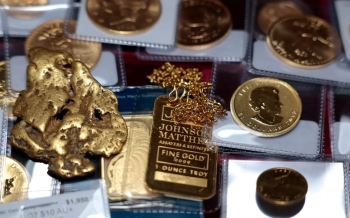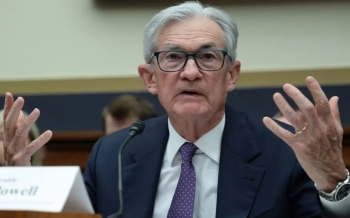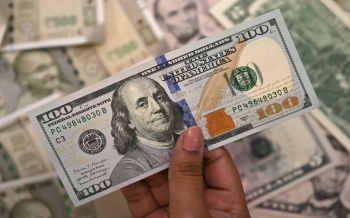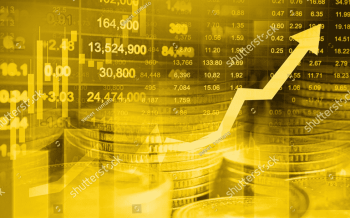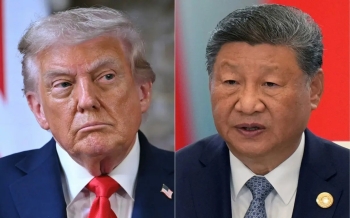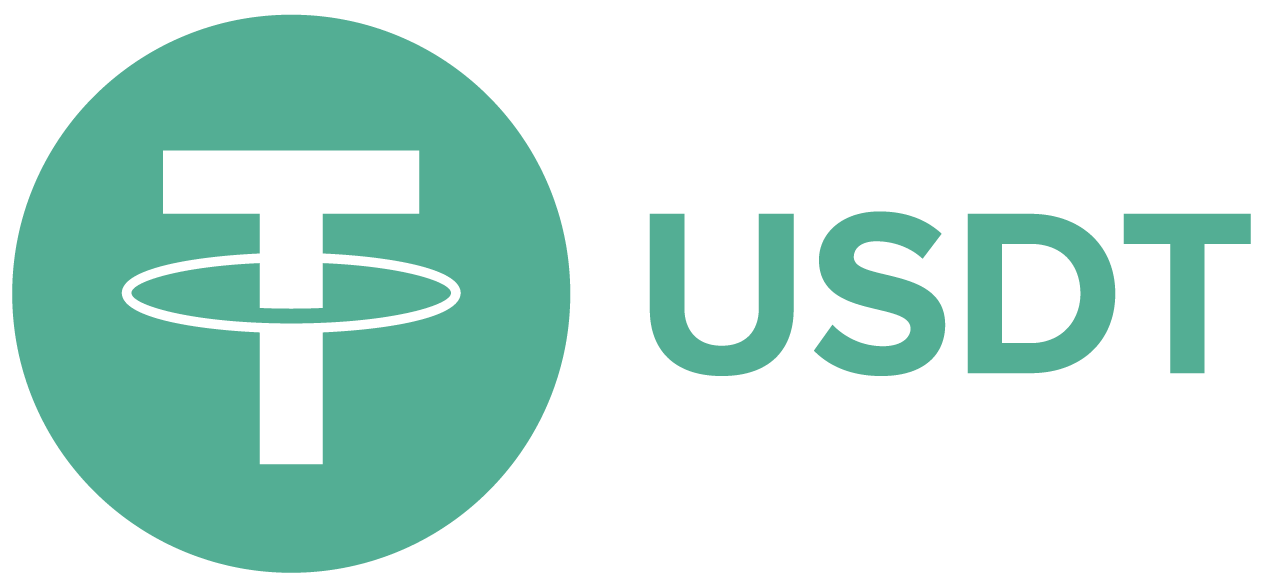Gold Prices Rise as Dollar Eases and Fed Outlook Shifts
Global gold prices rose on Monday after ending last week with losses, supported by a mild pullback in the U.S. dollar, which remains close to a three-month peak. However, gains were limited as expectations of another Federal Reserve rate cut in December faded, while optimism about trade relations between the United States and China temporarily reduced safe-haven demand.
At the same time, concerns are growing that the U.S. government shutdown could become the longest in the nation’s history. The political stalemate between Republicans and Democrats has now extended into another month, threatening to leave millions of Americans without food assistance and healthcare benefits as no serious negotiations appear to be underway to end the crisis.
In a televised interview aired Sunday, President Donald Trump reiterated that he would not yield to pressure from Democrats demanding talks over extending Obamacare subsidies, stressing that he would negotiate only after the government is reopened. His remarks suggest the shutdown could stretch on for weeks, putting further strain on federal employees — including air traffic controllers — and heightening worries about how 42 million Americans relying on federal food aid will cope if the deadlock persists.
Dollar Pressure and Shifting Rate-Cut Bets
According to analysts at Point Trader Group, the U.S. dollar’s slight retreat during the Asian session offered gold limited upward momentum.
The Federal Reserve had previously reduced interest rates by 25 basis points in late October — its second cut this year — but subsequent hawkish comments by Fed Chair Jerome Powell dampened expectations for another move in 2025.
Data from CME’s FedWatch Tool now shows traders pricing in roughly a 71% chance of a rate cut in December, down from over 90% prior to Powell’s remarks. Gold, being a non-yielding asset, typically performs best when interest rates are falling or during periods of economic uncertainty — factors that continue to influence current market sentiment.
Trade Calm Reduces Safe-Haven Demand
Investors are now turning their focus to a series of key U.S. economic reports this week, including the ADP private employment report and the ISM manufacturing PMI, which could shape the Fed’s next policy decisions.
Market experts at Point Trader Group note that the recent easing of U.S.–China trade tensions has reduced short-term demand for safe-haven assets. Improved risk appetite in global equity markets may divert capital away from gold, capping its rally potential.
Last week, the White House agreed to roll back certain tariffs on Chinese goods in exchange for commitments from Beijing related to illegal fentanyl trade, increased soybean imports, and easing restrictions on rare-earth metal exports — a development seen as a temporary relief for global markets.
Gold and Dollar Movements
At the close of Friday’s trading, December gold futures fell 0.48% (or $19.40) to $3,996.50 per ounce, marking a 3.4% weekly decline but still securing a third consecutive monthly gain in October amid ongoing geopolitical uncertainty.
Spot gold rose 0.3% on Monday to $4,014.59 per ounce, while futures climbed 0.7% to $4,025.10. Meanwhile, the U.S. Dollar Index slipped 0.1% against a basket of major currencies, making dollar-priced gold more attractive for holders of other currencies.
Other Precious Metals
In broader precious metals markets, silver prices increased 0.6% to $48.92 per ounce, platinum surged 2.3% to $1,604.21, and palladium advanced nearly 1% to $1,447.08 per ounce.


 English
English





